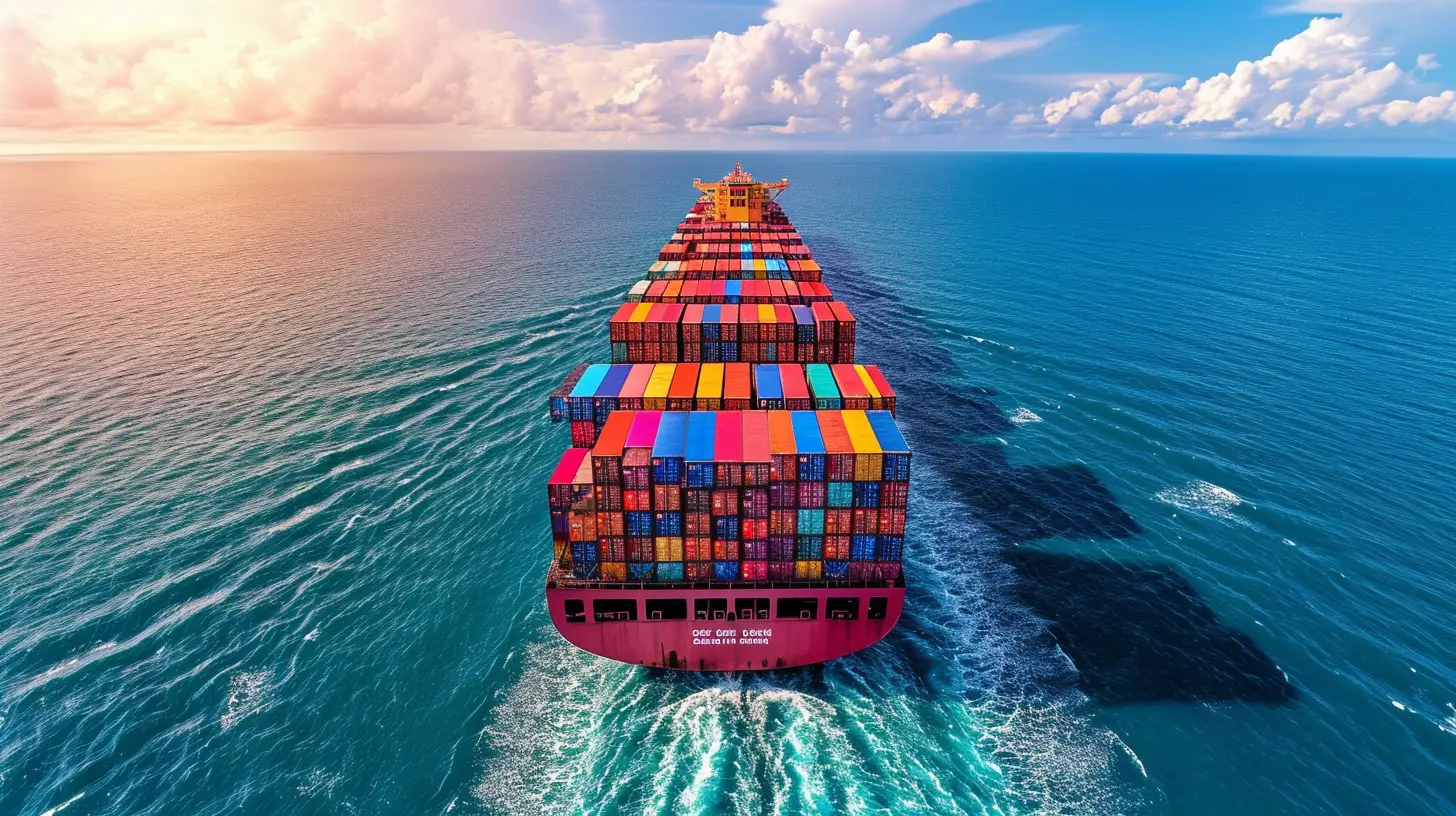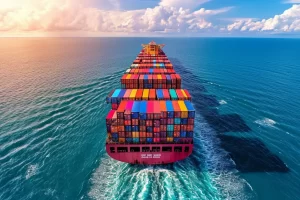In the fast-paced world of international trade, disruptions to crucial shipping routes can have cascading effects, impacting businesses worldwide. The recent turmoil in the Red Sea, caused by escalating attacks on shipping by Yemen‘s Iran-aligned Houthi movement, has sent shockwaves through the global supply chain. Chinese businesses, heavily reliant on the Red Sea route for exports and imports, are grappling with unprecedented challenges that threaten their very existence.
The Cost Surge: A Looming Threat to Chinese Businesses
For Han Changming, a Chinese businessman exporting cars to Africa and importing off-road vehicles from Europe, the disruptions have hit hard. The cost of shipping a container to Europe has skyrocketed from $3,000 in December to a staggering $7,000, eroding already thin profit margins. Higher shipping-insurance premiums further compound the financial strain on Fuzhou Han Changming International Trade Co Ltd, Han’s trading company founded in 2016.
The vulnerability of China’s export-reliant economy is laid bare as one of the busiest shipping routes faces a rupture. Premier Li Qiang, in a recent speech at the World Economic Forum, underscored the imperative to maintain “stable and smooth” global supply chains, recognizing the broader impact on the Chinese economy.
Redrawing the Global Manufacturing Map
Some companies, such as U.S.-based BDI Furniture, are strategically shifting production to places like Turkey and Vietnam to mitigate the disruptions. This move aligns with recent trends in Western countries reducing dependence on China amid geopolitical tensions. The looming danger for China is the potential domino effect, with other firms contemplating a “near-shoring” approach—shifting production closer to home.
Marco Castelli, founder of IC Trade, warns of a potential comprehensive reevaluation. He envisions a scenario where companies might consider relocating more production to India, offering proximity advantages to Europe. The specter of a permanent disruption looms, prompting businesses to rethink and readjust their strategies.
The Economic Fallout: A Struggling Chinese Economy
China, already grappling with a property crisis, weak consumer demand, a shrinking population, and sluggish global growth, faces heightened challenges with the Red Sea disruptions. For businesses like Han’s, with 40% of trade linked to Europe and Africa, the plea to share additional costs with suppliers and customers underscores the desperate measures taken to stay afloat.
Shipping delays of several weeks compound the pain for businesses already navigating a logistical challenge ahead of Lunar New Year. The timing exacerbates the situation as factories shut down, creating a scramble to ship goods before the holiday, affecting not only businesses but also millions of workers.
The Domino Effect on Global Trade
The disruptions stem from attacks by Yemen’s Houthi militants, rerouting vessels from the Red Sea to the longer East-West route via the southern tip of Africa. This rerouting adds two weeks to shipping schedules, reducing global container capacity and cleaving supply chains. Already, some logistics companies report a container shortage at Ningbo-Zhoushan port, one of the world’s busiest.
The Suez Canal, a primary route for China’s westward shipments, faces a significant impact, with around 60% of China’s exports to Europe passing through it. This disruption, if prolonged, could lead to delays in goods reaching Western shelves in April or May, further complicating the economic landscape.
The Human Cost: Struggling Businesses and Uncertain Futures
For businesses like Yang Bingben, whose company manufactures industrial-use valves, the impact is palpable. Slashed orders and soaring freight costs create a precarious situation. Yang’s reevaluation of staffing needs highlights the ripple effect on employment and livelihoods. In Guangzhou, freight forwarder Wei Qiongfang notes delays in shipments of lower-value goods, putting pressure on manufacturers’ stockpiles.
The uncertainty in once-predictable trade conditions is particularly challenging for companies relying on just-in-time deliveries. The delayed payments create a ripple effect down the supply chain, affecting smaller suppliers with tight margins. Gerhard Flatz, managing director of premium sportswear manufacturer KTC, expresses concern that shrinking margins may lead to the closure of some companies, adding another layer of complexity to the current logistics crisis.
Charting a Course Forward: Navigating Uncharted Waters
In the face of these challenges, businesses must adapt swiftly to mitigate the impact on their operations. Exploring alternative shipping routes, diversifying suppliers, and renegotiating contracts are immediate considerations. Collaboration between governments and businesses to find sustainable solutions is crucial.
In conclusion, the Red Sea crisis serves as a stark reminder of the interconnectedness of global trade and the fragility of supply chains. The ongoing challenges necessitate a proactive and collaborative approach to navigate these uncharted waters. As businesses strive to stay afloat, the resilience and adaptability of the global economy will be put to the test.

















